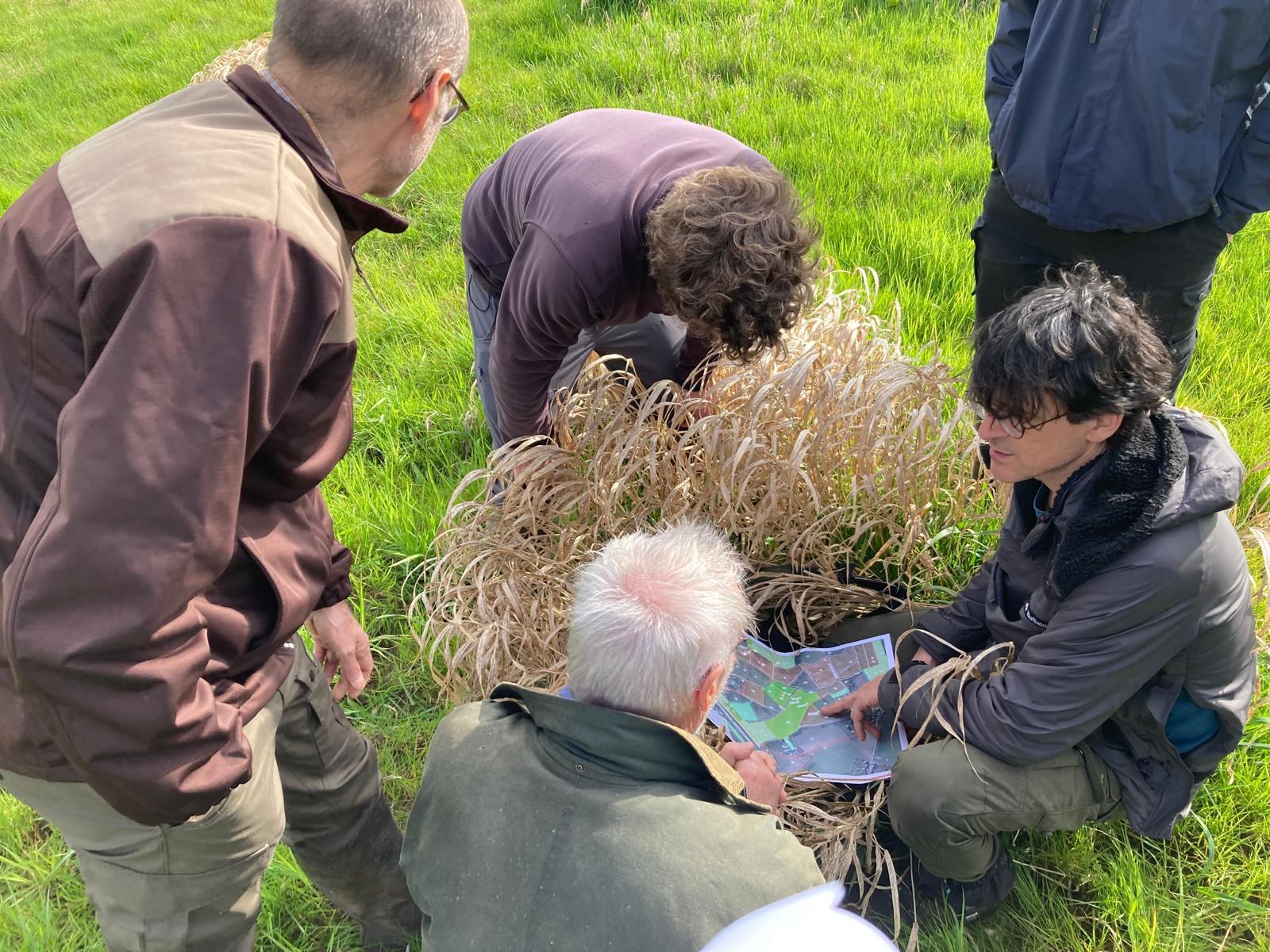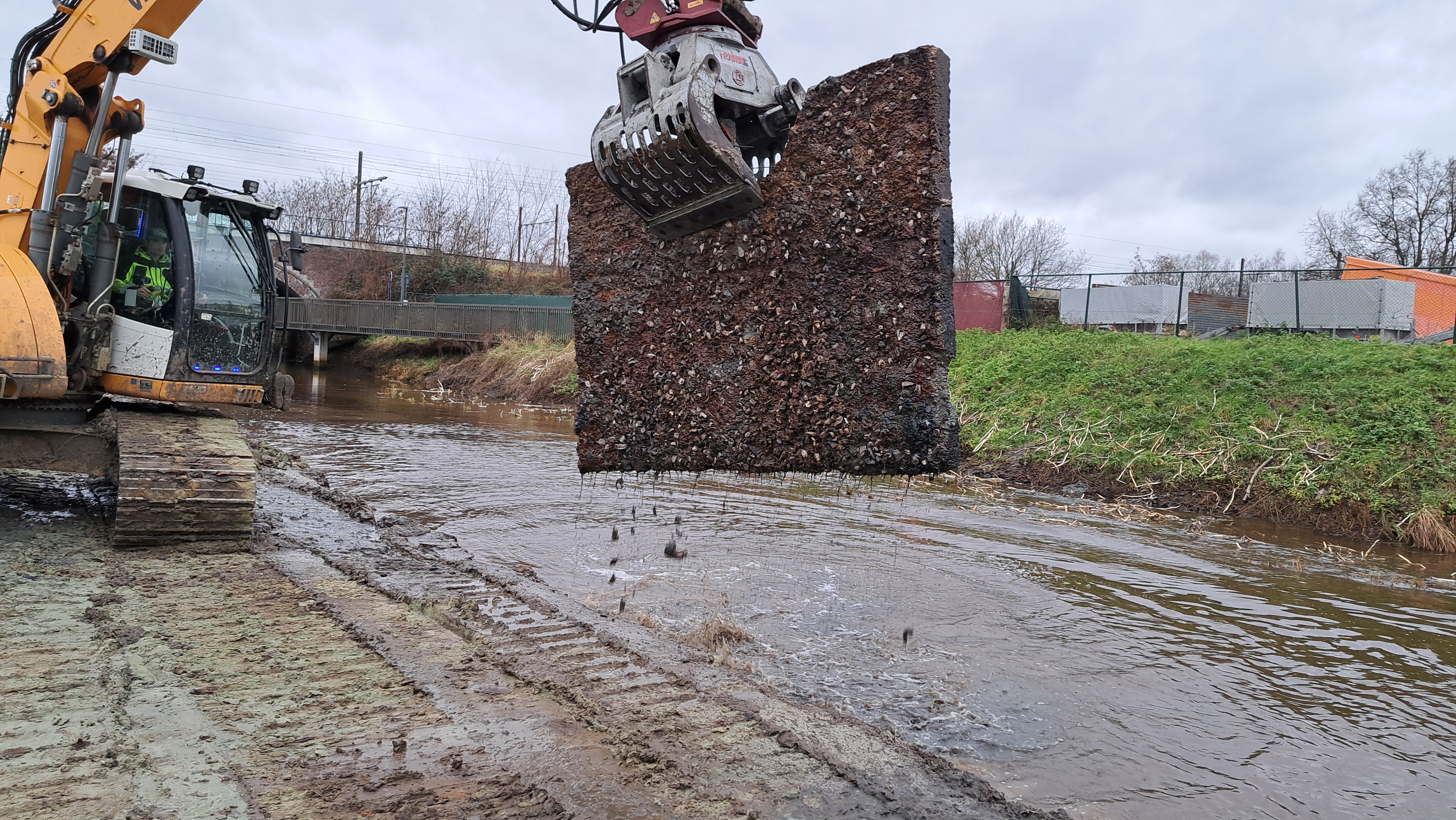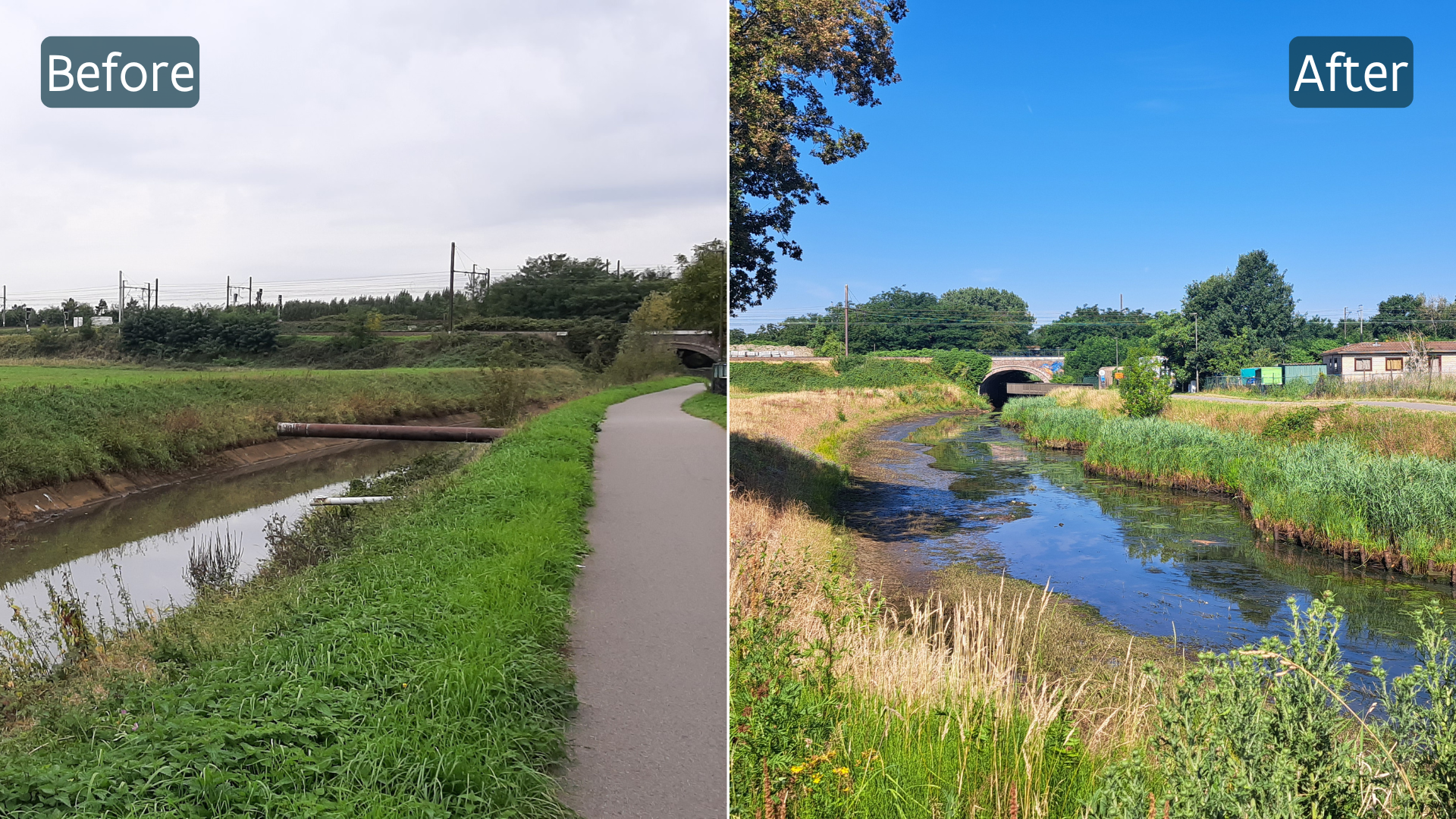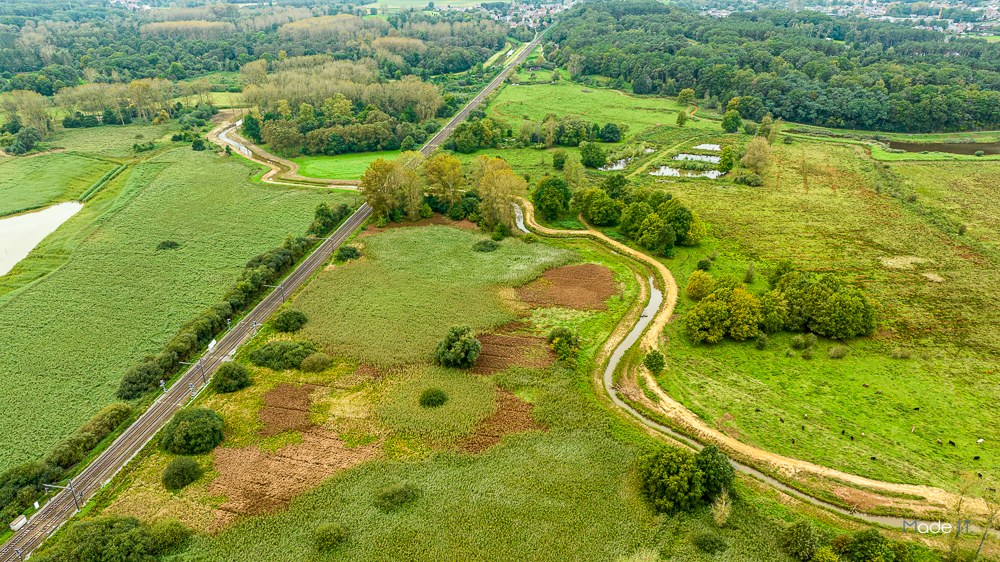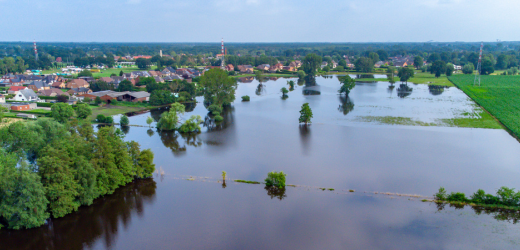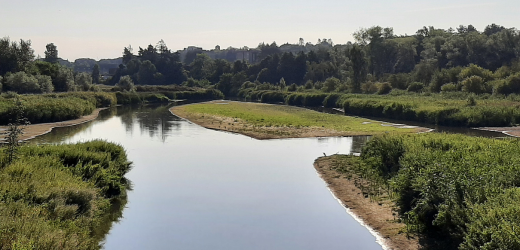
Wetlands as a natural climate buffer
What and why?
The impact of climate change forms a very tangible presence in medium-sized European cities such as Mechelen (BE) and Tilburg (NL). The adjoining natural and agricultural areas regularly suffer from drought and a loss of biodiversity. Wetlands4Cities aims to make urban centres and their surrounding natural areas resilient to climate change. By addressing this together, urban rainwater policies can help restore the surrounding natural wetlands. Wetlands4Cities will restore a total of 360 acres of wetlands (320 acres in Mechelen and 39 acres in Tilburg) with the goal of increasing flood resilience, combating the heat island effect, increasing biodiversity and creating natural recreational opportunities.
Goal of the project
Wetlands4Cities will restore a total of 360 hecatres of wetlands (320 ha in the Mechelen region and 39 ha in Tilburg) with the aim of increasing flood resilience, combating the heat island effects, increasing biodiversity, and creating natural recreational opportunities.
Role of the VMM
Within this project, the VMM will improve the structural quality of the ‘Vrouwvliet’ and ‘Barebeek’ watercourses. The project area also includes the Barebeek valley and the territory of Bonheiden and Zemst. Efforts are focused on improving water quality, strengthening the relationship between the watercourse and the valley, and increasing the watercourse's resilience to climate change.
Ecohydrological study
An ecohydrological study is being conducted for three wetlands around Mechelen, in which relevant information is being collected and processed into an ecohydrological system description of each area. Continuous measurements have been started on three important watercourses that cross the area (the Dijle, the Vrouwvliet, and the Barebeek). These measurements, together with extensive sampling, help to provide a better picture of the fluctuations in water quality.
On 29 March 2024, the first of two field workshops took place, during which land managers, watercourse managers, ecologists, and hydrologists shared their knowledge about water management in the Mechels Broek and Barebeek Valley.
Renaturalization of the Vrouwvliet
In the 1980s, the lower reaches of the Vrouwvliet were straightened and the banks were lined with concrete slabs. It has now been redesigned with more natural banks. This helps to improve water quality and make the watercourse more resilient to climate change.
In various places, the concrete slabs along the banks were removed and the dikes were dug up to allow for bank vegetation. In other places, shallow zones were created along the bank where reeds and other bank plants can grow. Thanks to the spring sun, the first plants are already starting to grow.
Cleaning up the sludge dewatering basin
In the 1980s, a sludge dewatering basin was constructed along the Vrouwvliet. That basin has become redundant and the site has been restored to its original condition and reforested.
Wetlands4Cities in Europe
LIFE Wetlands4Cities is being carried out on behalf of the European Commission as part of the LIFE programme led by Natuurpunt.
Project partners
- Natuurpunt (coordinator)
- Natuurmonumenten
- Stad Mechelen
- Stad Tilburg
- Flanders Environment Agency
- Waterschap De Dommel
- Pidpa



